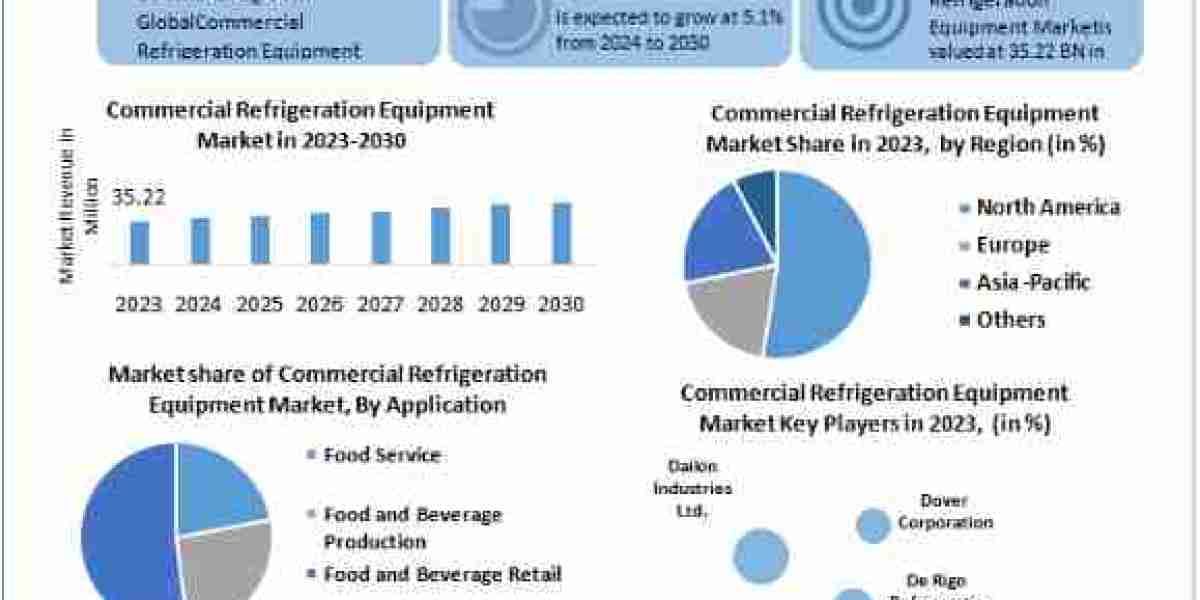The Rise of Smart Packaging in Thermoforming
Smart packaging refers to packaging systems that go beyond traditional functions to communicate, sense, or interact with the product or environment. In the context of thermoform packaging—widely used for food, pharmaceuticals, electronics, and consumer goods—this innovation is opening new dimensions of utility.
Smart packaging solutions include features such as:
RFID (Radio Frequency Identification) tags
NFC (Near Field Communication) chips
QR codes
Sensors for temperature, humidity, or freshness
Interactive or dynamic labeling
When integrated into thermoformed trays, blister packs, or clamshells, these features enhance the packaging’s role, transforming it into a data-driven asset.
Driving Factors for Smart Thermoform Packaging Adoption
1. Product Safety and Quality Assurance
Thermoform packaging is especially prevalent in sensitive industries such as pharmaceuticals and food. Smart technologies embedded into the packaging allow for real-time monitoring of temperature, humidity, and shock—critical variables that impact shelf life and product efficacy.
If a product is exposed to unsafe conditions during transportation or storage, the smart packaging can send alerts, change color, or activate a tamper-evident feature, helping prevent compromised goods from reaching consumers.
2. Supply Chain Transparency and Traceability
Global supply chains are increasingly complex, requiring robust tracking mechanisms. Advanced thermoform packaging can be equipped with traceability features such as serialized QR codes or RFID tags. These technologies offer end-to-end visibility, from manufacturing to final delivery.
Such solutions are particularly valuable in:
Tracking food origin and expiration
Verifying authenticity of pharmaceuticals
Preventing counterfeiting in electronics and luxury goods
Governments and industry bodies are also beginning to mandate more transparent labeling and traceability, especially in pharmaceuticals, creating regulatory incentives for adoption.
3. Consumer Engagement and Brand Loyalty
Smart packaging supports interactive experiences, where customers can scan packaging using smartphones to access product information, tutorials, loyalty rewards, or promotional content. In retail settings, this form of engagement can help brands stand out and build lasting relationships with customers.
For example, a QR code on a thermoformed meal tray could offer preparation tips, nutritional data, or sustainability credentials, improving the consumer experience.
Thermoforming as an Ideal Platform for Smart Packaging
Thermoforming is uniquely suited to support smart packaging innovations because of its design flexibility, scalability, and compatibility with various materials. Whether using clear PET, recycled plastics, or bio-based polymers, thermoformed packaging can be tailored to include compartments or layers for embedded tech components.
Its high-volume production capability also makes it economically feasible to scale smart packaging features once the initial investment in technology integration is made.
Challenges in Implementing Smart Technologies
Despite its strong potential, the integration of advanced technologies into thermoform packaging comes with some hurdles:
Cost: Smart components like sensors or RFID tags can increase packaging costs, particularly for low-margin products.
Technical complexity: Ensuring compatibility between thermoform materials and embedded technologies requires specialized expertise.
Recyclability concerns: Some smart features may hinder the recyclability of packaging, a critical consideration as sustainability regulations tighten.
Consumer adoption: While smartphone-enabled interaction is growing, not all demographics may engage with digital features unless clear value is provided.
Overcoming these challenges will require collaboration across the value chain—between material suppliers, technology providers, manufacturers, and brand owners.
Future Outlook and Growth Opportunities
The future of thermoform packaging lies at the intersection of technology, sustainability, and functionality. As Industry 4.0 and IoT trends continue to influence manufacturing and logistics, thermoformed packaging is well-positioned to become smarter, more interactive, and more sustainable.
Several trends are likely to shape the market:
Increased investment in intelligent packaging platforms, particularly in healthcare and foodservice.
Development of cost-effective printable electronics, reducing the barrier to entry for small and mid-sized companies.
Expansion of blockchain integration, providing immutable records for traceability.
Consumer demand for transparency, which will push brands to adopt traceable and interactive packaging formats.
Startups and established companies alike are exploring how to leverage smart technologies in thermoform packaging to gain market share and differentiate their products.
Conclusion
The thermoform packaging market potentials are expanding rapidly, driven by the incorporation of advanced technologies that support smart packaging and traceability. These innovations are no longer futuristic—they are becoming essential tools for ensuring product integrity, engaging consumers, and meeting regulatory demands.
While there are challenges in cost and implementation, the benefits of enhanced supply chain visibility, product safety, and brand differentiation make a compelling case for broader adoption. As the market continues to evolve, smart thermoform packaging is set to play a central role in the next generation of packaging solutions.




